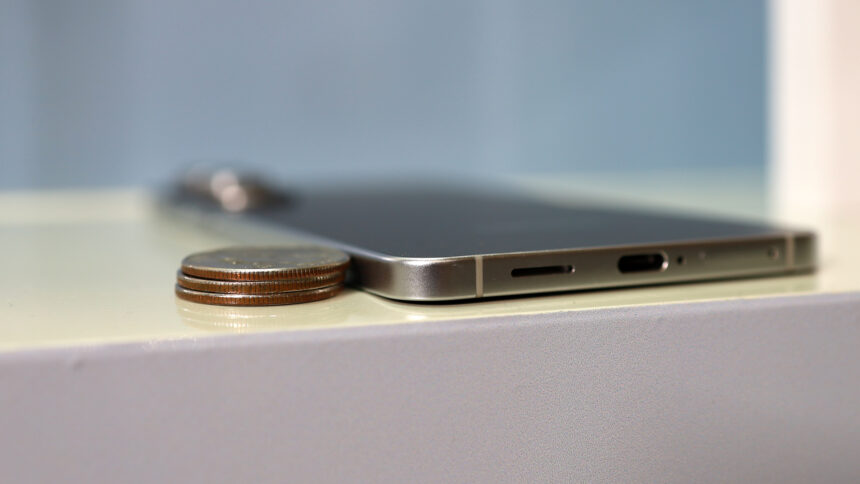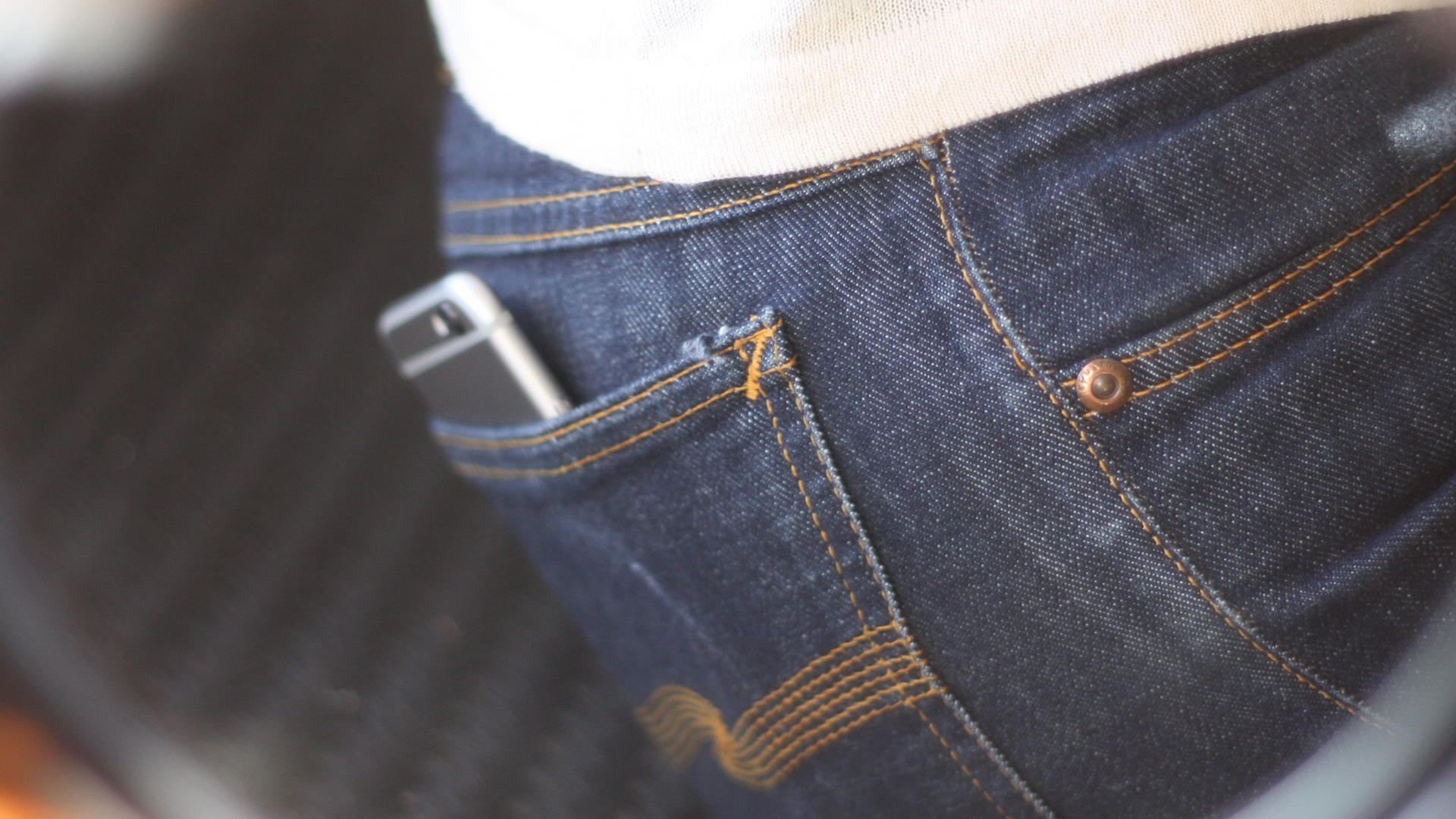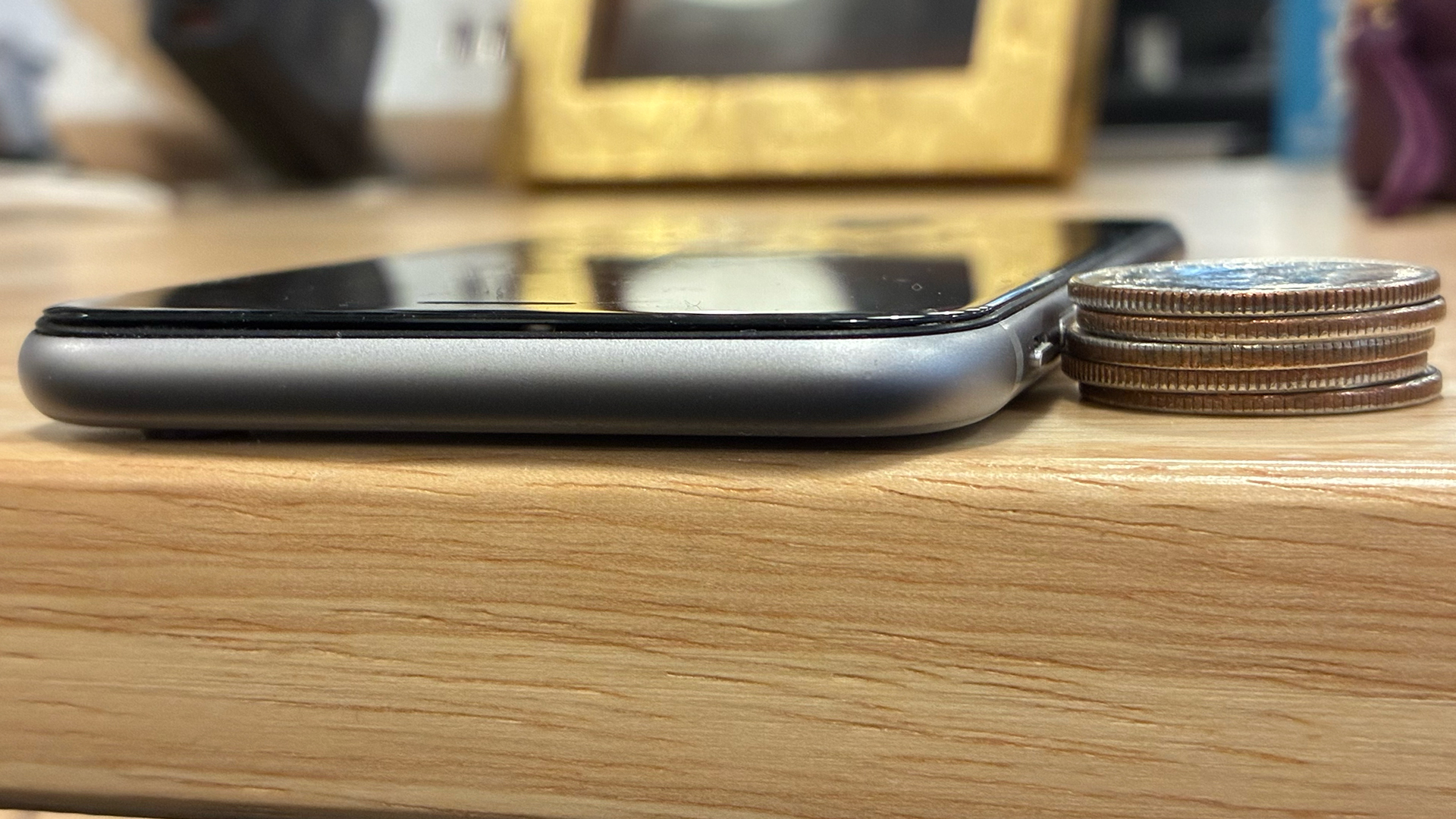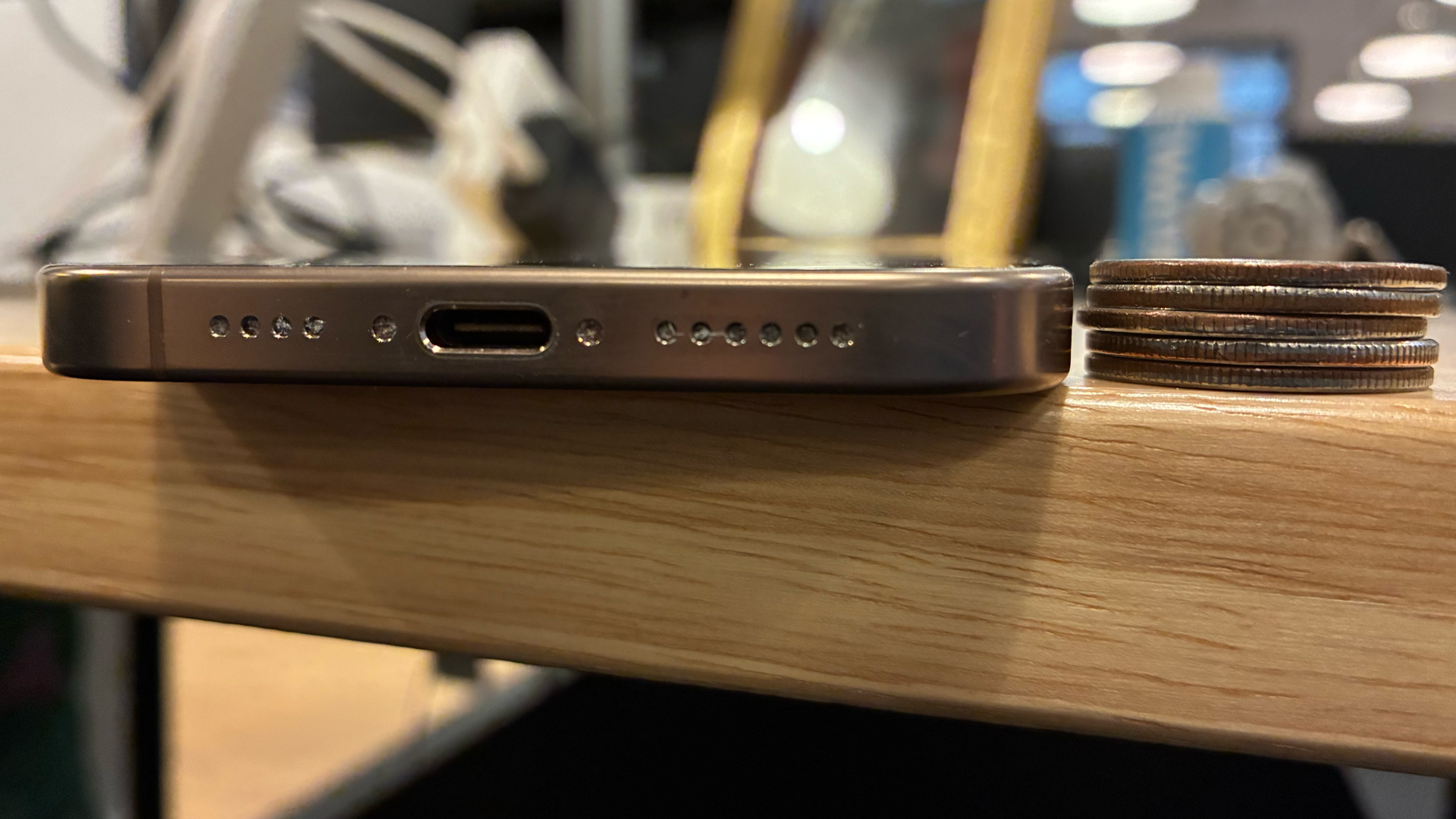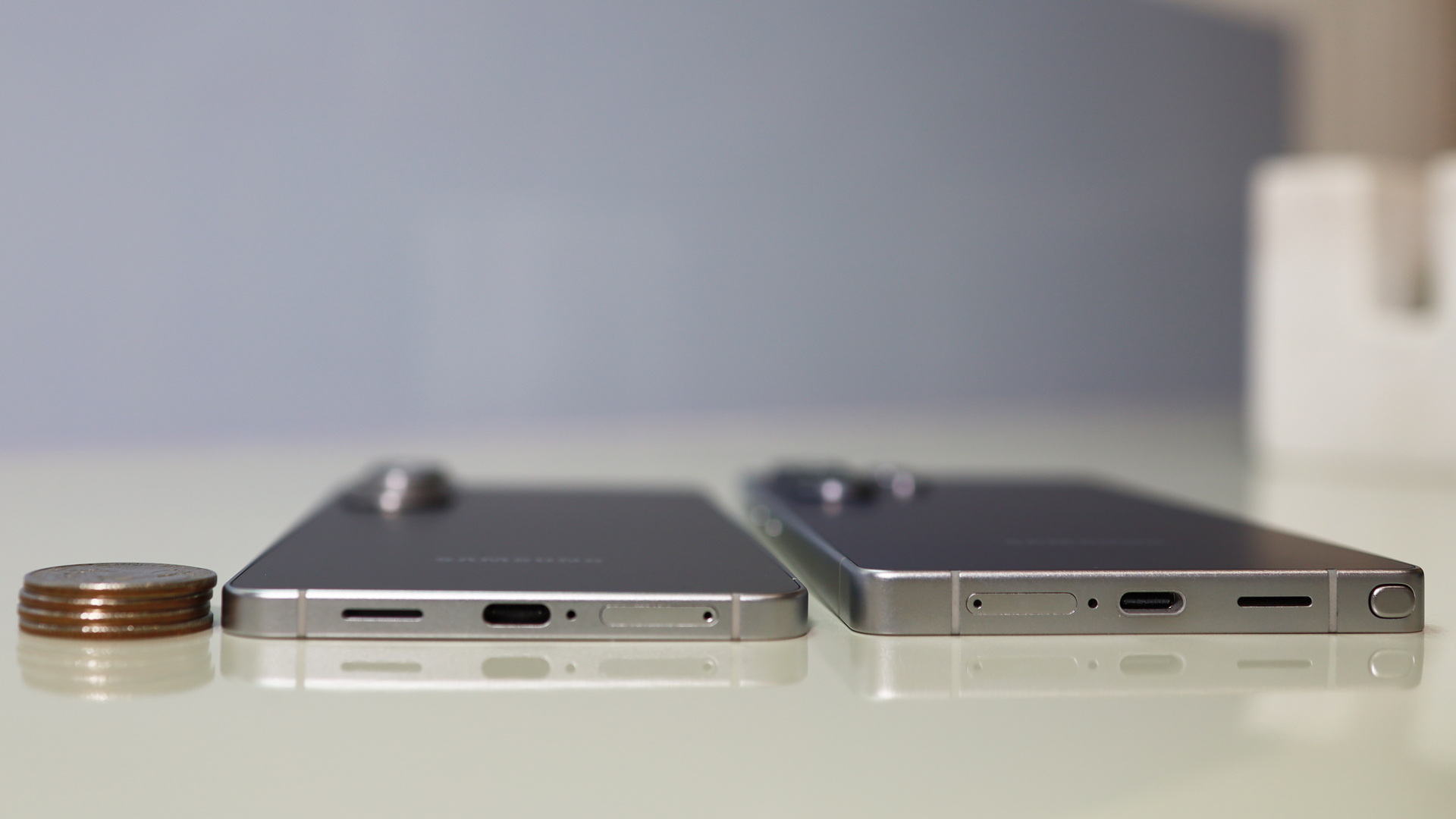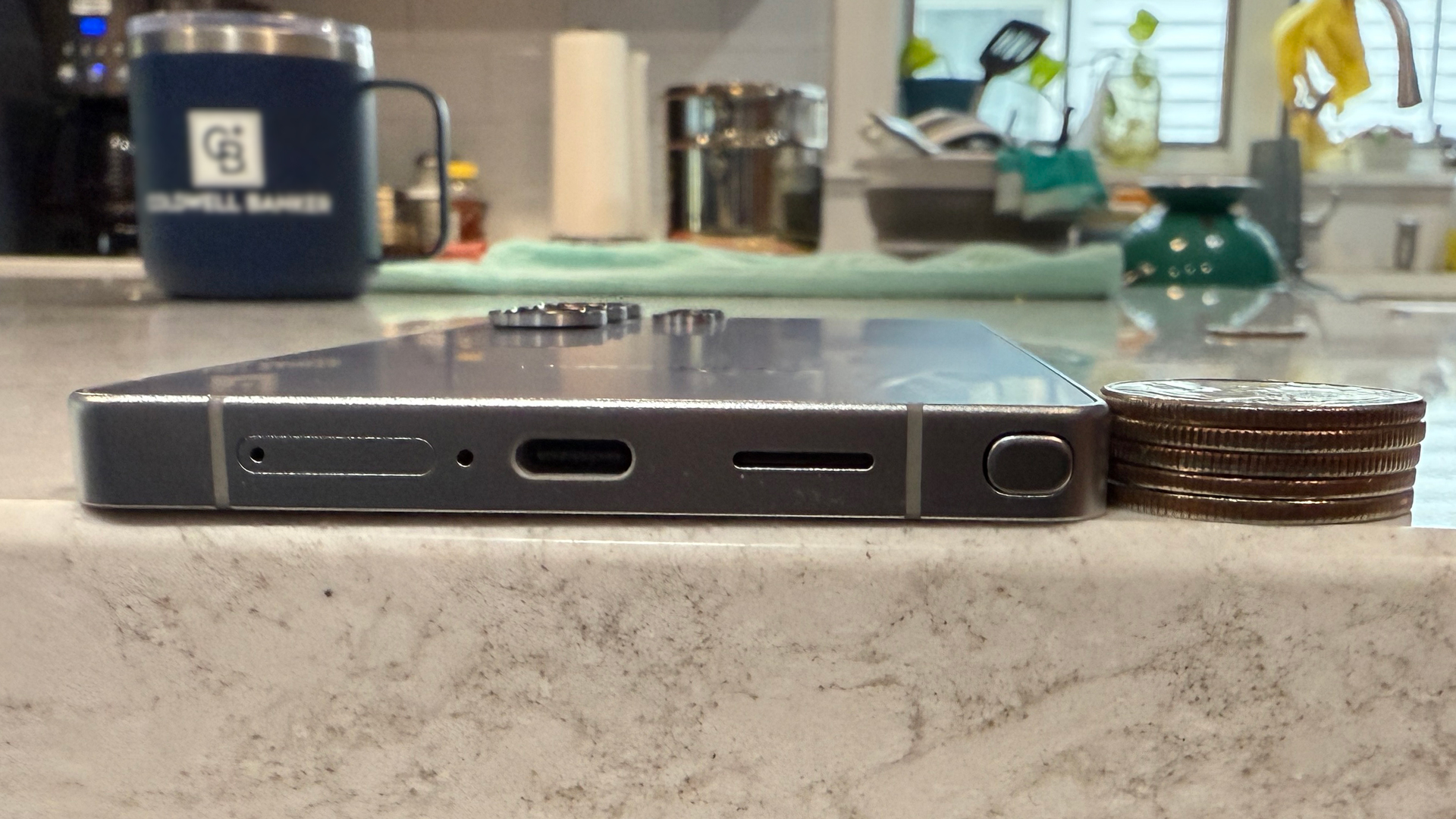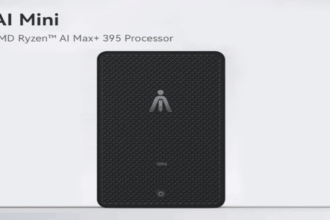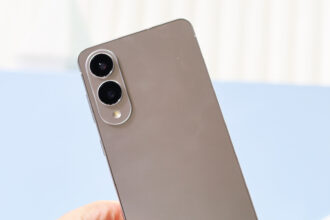Introducing the Samsung Galaxy S25 Edge, a remarkable addition to the smartphone landscape that effectively represents the innovative spirit of the brand. This Android device isn’t just about outstanding features; it also holds the title of one of the thinnest smartphones currently on the market.
While it doesn’t feature a completely new chipset, the Galaxy S25 Edge runs on the Qualcomm Snapdragon 8 Elite for Galaxy, which ensures top-notch performance for Android users. Although it sacrifices a telephoto lens, it shines with a stunning 200MP camera, making it a formidable competitor. In many ways, it offers a similar experience to the more premium Galaxy S25 Ultra, with the only notable exception being the absence of the S Pen.
Priced at $1,099.99 / £1,099 / AU$1,849, this device entices consumers with its extraordinarily light titanium frame, measuring a mere 5.8mm in thickness and weighing in at just 163 grams. To truly appreciate this impressive measurement, one might find it helpful to visualize its slim profile in relation to familiar objects.
This led me to carry a small stack of quarters during my hands-on session with the Galaxy S25 Edge. These coins offered a fun frame of reference for gauging the device’s thinness. How does it fare when compared to a series of quarters? Does it measure up to five or even six coins? Furthermore, where does it stand alongside other slender devices throughout history?
The dialogue surrounding smartphone thickness is ever-evolving. At various times, consumers have embraced more robust designs prioritizing battery life and durability, while at other points, the allure of sleek, featherweight devices reigns supreme.
However, the quest for ultra-thin designs does come with certain vulnerabilities.
Thinking back to the era of the iPhone 6 Plus, it’s hard not to recall the infamous “bendgate” incident, where users found their 6.9mm devices susceptible to bending. Following that drama, Apple introduced the 6s with a sturdier 7.1mm design, calming some of the fears surrounding durability for a time.
Now, as talk surfaces about the anticipated iPhone 17 Air, which could potentially rival the Galaxy S25 Edge in thinness, Samsung has been advancing its technology long before unveiling the S25 Edge.
According to representatives from Samsung, their experience with the Galaxy Z Fold series played a crucial role in their ability to produce such a slender design. Interestingly, the Galaxy Z Fold 6 boasts an even lighter 5.6mm profile compared to the S25 Edge.
One factor that contributes to the S25 Edge’s slightly greater thickness is its singular 3,900 mAh battery, which is compacted into its frame, in contrast to the Z Fold’s dual design that accommodates a larger battery more efficiently.
Many might wonder if the S25 Edge will face similar bending issues, but it seems unlikely. The tough titanium frame enhances its rigidity, making it more durable than older Apple models constructed with all-curved aluminum. Additionally, the new Gorilla Glass Ceramic 2 coating significantly bolsters the display’s resilience.
Taking all these elements into account, I once again pulled out my quarters for another informal thickness comparison.
Raine is a passionate writer, music enthusiast, and digital media expert with over 5 years of experience in the entertainment industry. With a deep understanding of the latest music, technology, and pop culture trends, Raine provides insightful commentary and engaging content to The Nova Play’s diverse audience.
As the lead content creator, Raine curates high-quality articles highlighting emerging artists, breaking news, and in-depth analysis of the entertainment world. Raine is committed to delivering accurate, well-researched, and timely information, ensuring that every piece of content aligns with the highest standards of journalism and digital media ethics.
When not writing, Raine enjoys discovering new music, attending live shows, and staying ahead of the curve in tech innovations that shape the future of entertainment.












